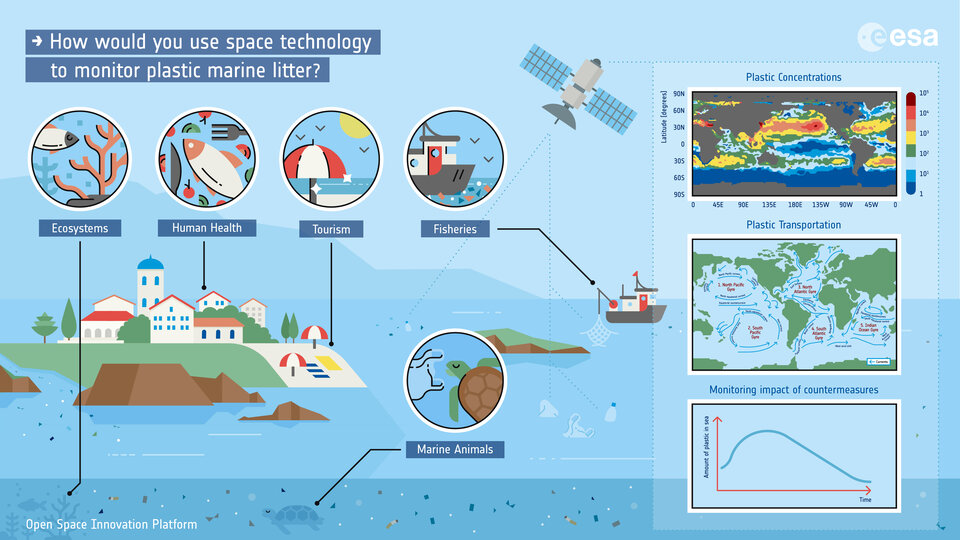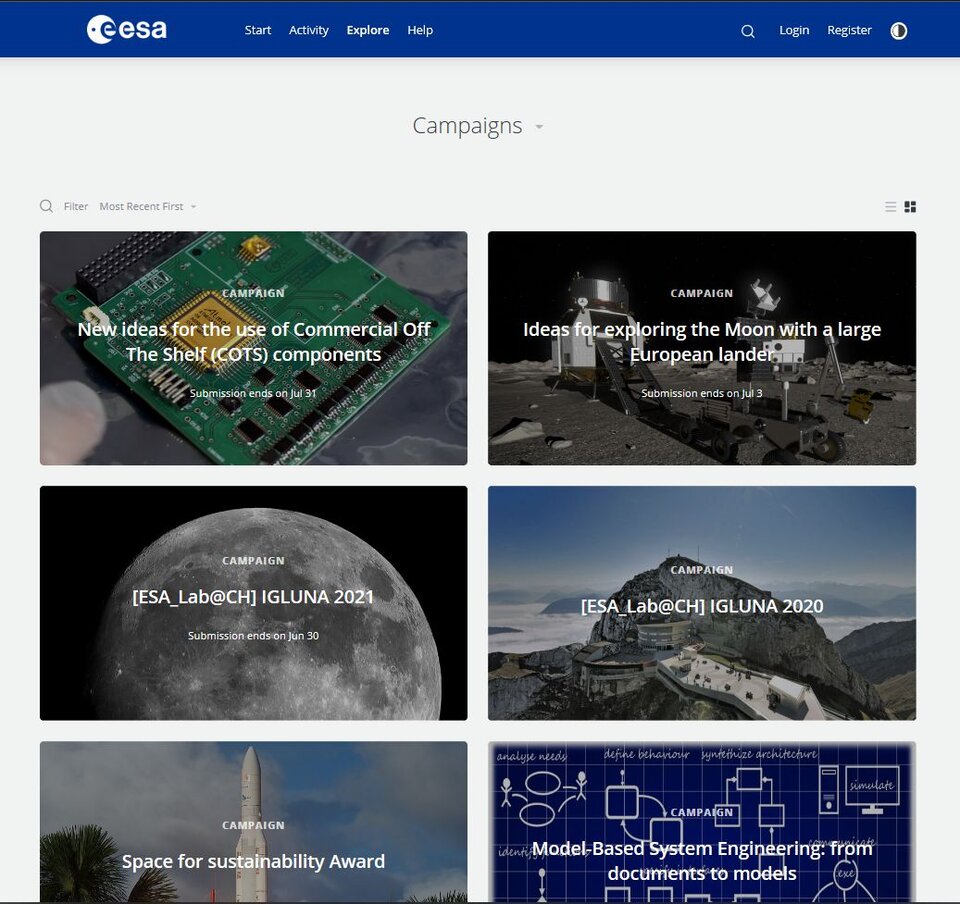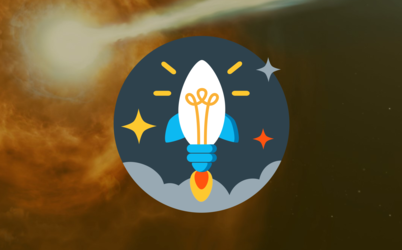A year of discovering new ideas with OSIP
Since its public launch in April 2019 as a pilot, ESA's Open Space Innovation Platform (OSIP) has grown from strength to strength. Through its Campaigns for ideas on specific topics, and Channels seeking ideas on more general themes, over 1500 ideas have been submitted, all have received feedback and ESA has already selected more than 100 to be implemented.
OSIP invites novel ideas to address space-related challenges and is one way that ESA is opening itself up to early innovation. The platform is the main entry point to ESA's Discovery element, but is increasingly used by other ESA programmes, becoming the Agency's central call-for-ideas platform.

Since April last year, six Campaigns have been launched on OSIP within the Discovery element. Two of these – seeking ideas for using space to monitor plastic marine litter and to enable harbour to harbour autonomous shipping – kicked off the public opening of OSIP.
Then in summer 2019, ESA sought ideas related to exploring caves on the Moon, a Campaign which also attracted substantial media attention. Five selected ideas have been implemented into projects that are already helping ESA to understand and analyse challenges and opportunities for lunar cave missions.
In Autumn 2019 two further Campaigns invited ideas for off-Earth manufacturing and construction – or using local resources for in situ manufacturing on the Moon, Mars and beyond – and for model-based system engineering, which has the potential to revolutionise the development of space projects.
Most recently, a Campaign launched for ideas on validating and adapting commercial off-the-shelf (COTS) parts – ready-made in large batches for Earth-based commercial uses – for space applications. Traditionally, most of the tens of thousands of electrical parts contained within a spacecraft are specifically manufactured and tested for use in space; COTS versions could be much quicker and cheaper to obtain, and may even perform better than their traditional counterparts.

In November 2019, ESA opened the most all-encompassing Channel on OSIP, the Open Discovery Ideas Channel, for unconventional and innovative ideas on any space-related topic. Every month, a team of experts evaluates ideas for co-funded PhD or postdoc research, early technology development activities, or system studies. All successful ideas are invited to be matured into proposals in a follow-up phase. The first 50 ideas have made it through this two-phase process and are being implemented, kickstarting a new era of space research.
Those already implementing their ideas include companies developing revolutionary technologies, consortia performing studies on novel concepts, and universities and research centres using the fast-track mechanism to involve ESA experts in supervising and co-funding novel space-related PhD and post-doc research.
“With OSIP, we are aiming for paradigm shifts in the way that space research and technology development works,” explains Leopold Summerer, Head of ESA’s Advanced Concepts and Studies Office responsible for OSIP. “The platform was set up as a unique tool to open up ESA’s innovation pipeline. It has helped us to simplify and streamline the entry point for industry, academia and research organisations to work together with ESA.”
OSIP has reversed the classic approach of engaging with ESA. Whereas the Agency typically invites industry and academia to apply to work on specific research or technology developments, OSIP seeks ideas from the wider community and then ESA helps find the most appropriate mechanism to support the implementation of the most novel ideas.
The feedback has so far been very good. Industry, academia and the general public have specifically commended the speed and process transparency offered by OSIP, and the novel way of interacting with ESA on early ideas. Based on this feedback, ESA is continuously adapting and improving the platform.
“OSIP was put in place to lower the entrance barrier to working with ESA, and it’s been a huge success so far!” enthuses Discovery & Preparation elements Officer Moritz Fontaine. “While it was set up for the Discovery element of ESA’s Basic Activities, it is increasingly used also by other programmes to directly seek ideas and collaborations, making OSIP ESA’s main entry point for new ideas.”
Further Campaigns on relevant space-related challenges are in the pipeline and the Open Discovery Channel permanently welcomes novel ideas. Keep an eye on ideas.esa.int and esa.int/discovery and contribute to the future of space!





